HOA LU ANCIENT CAPITAL, THE 1ST CAPITAL OF CENTRALIZED FEUDAL STATE OF VIETNAM
Hoa Lu ancient capital, located in Ninh Binh province, is not only a famous tourist destination but also carries great historical value. As the first capital of the centralized feudal state of Vietnam, Hoa Lu witnessed many important events in the formation and development of the nation. This article will help you explore the outstanding aspects of the ancient capital of Hoa Lu, from history, and culture to the remaining relics.
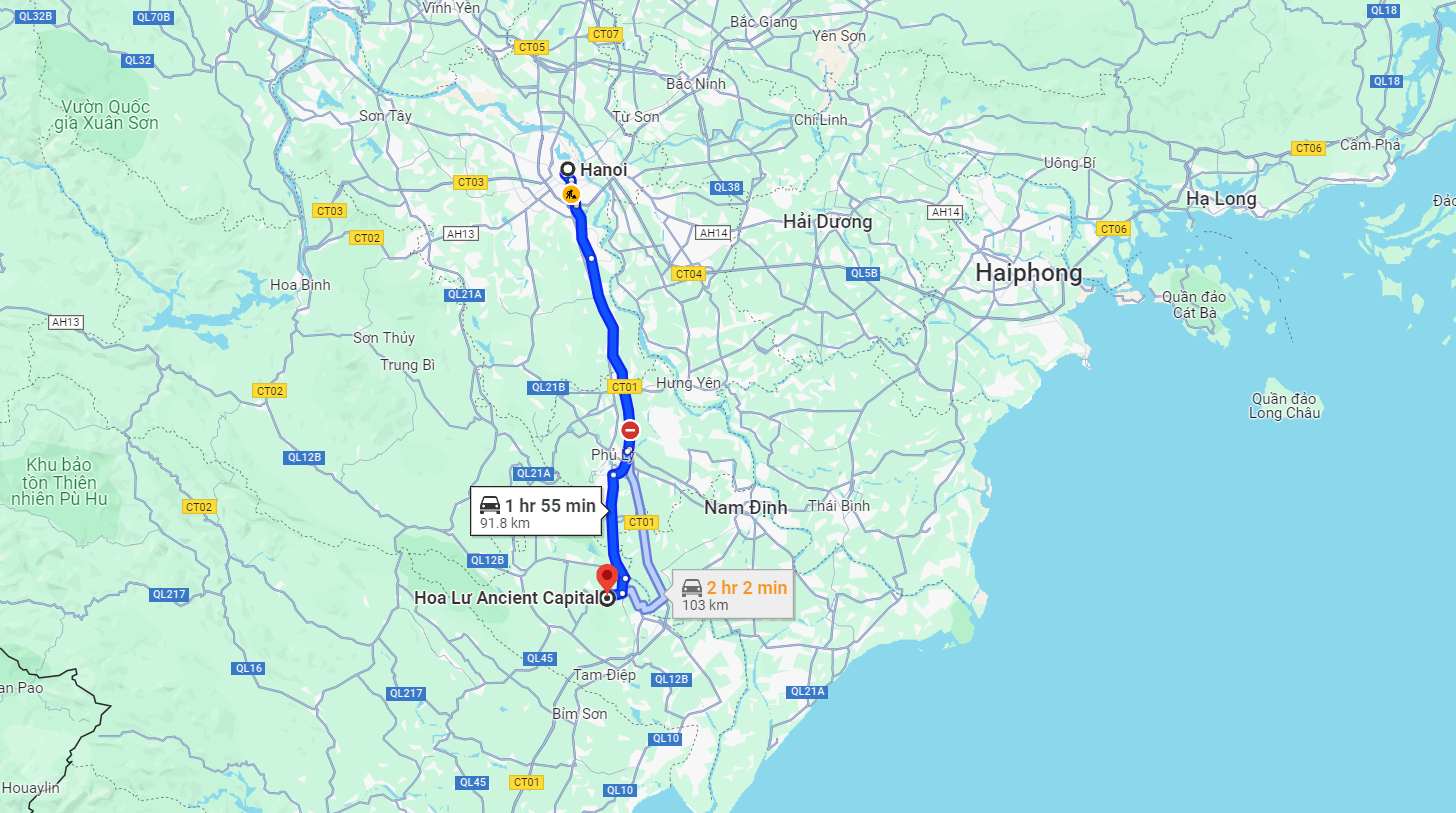
History of Hoa Lu Ancient Capital
The birth of a centralized feudal state
With rolling mountainous terrain surrounding the capital's perimeter like a solid screen, along with the meandering Hoang Long stream and Nho Quan and Gia Vien fields with deep moats, Hoa Lu is a land of high military value. It was in this land that in 968, Dinh Bo Linh quelled the rebellion of 12 warlords, became emperor, founded the majestic Dai Co Viet kingdom, and Hoa Lu became the political center and the first imperial capital of our country. He chose Hoa Lu as the capital, marking the transformation of the Vietnamese people from a tribal regime to a centralized feudal regime. This not only shows independence but also affirms the position of Vietnamese people on the political map of Southeast Asia.
Years of prosperity
Under the Dinh dynasty, Hoa Lu became the political, economic, and cultural center of the country. Architectural works and temples were built, creating a solemn and majestic space. During this period she also witnessed the strong development of culture and art, with many famous works being born.
Historical Relics At Hoa Lu Ancient Capital
Dinh Tien Hoang Temple
Dinh Tien Hoang Temple is one of the most important monuments in Hoa Lu. Built to commemorate King Dinh Tien Hoang, this place is not only a stopover for tourists but also a place to organize traditional festivals.
Located in Truong Yen commune - which was the center of the Eastern citadel of the ancient capital in the past - King Dinh Tien Hoang temple is located in an extremely ideal position: in front is Ma Yen mountain, where King Dinh's majestic tomb lies to watch. Look at the beauty of the river. The temple was built during the Ly Dynasty in the style of 'domestic work, foreign work', simulating the shape of the ancient capital's architecture, then rebuilt under the Later Le Dynasty.
King Dinh's temple is also decorated with many shapes and intricately carved motifs on wooden and stone pillars with images of dragons, clouds, fairies, flowers, etc. These are the clearest evidence of talent. Flowers, skillful by artisans of the 17th century ago.
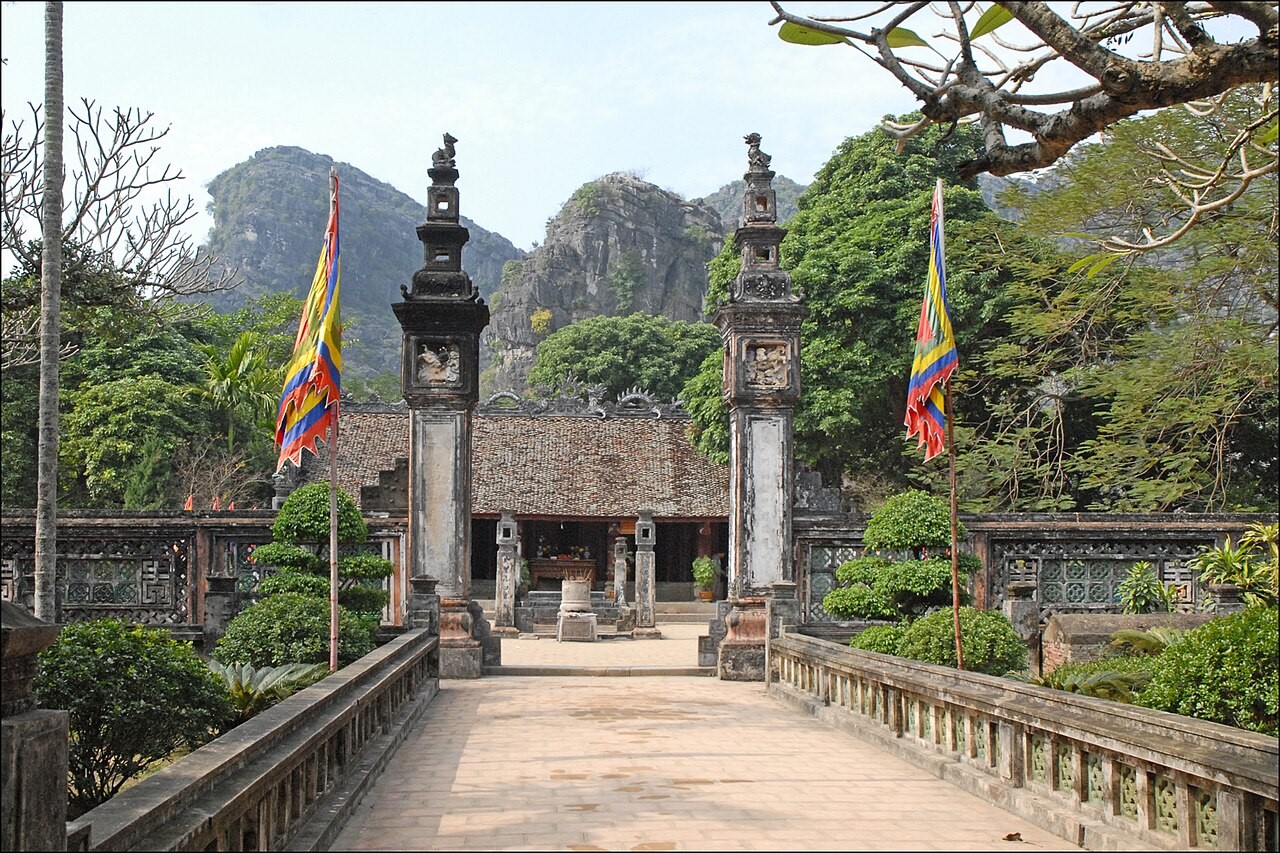
Le Dai Hanh Temple
Located about 500m from King Dinh temple is King Le Dai Hanh temple on a smaller scale. The temple was built with three buildings including Bai Duong and Thien Huong to worship Pham Cu Luong - the person who helped Le Hoan ascend to the throne in the past. In the main area of the palace is the place to worship King Le Dai Hanh, on the left is Le Ngoa Trieu, son of King Le, and on the right is worshiped Queen Duong Van Nga. In front of the temple is the central square of Hoa Lu ancient capital, and behind the temple is the moat that protected the ancient capital running around the foot of Dia mountain.
Today, at King Le's temple there are still traces of ancient architecture with elaborate carvings and sculptures and even traces of the old palace foundation with ancient ceramics. These precious artifacts are still stored in the museum room on the left side of the temple.
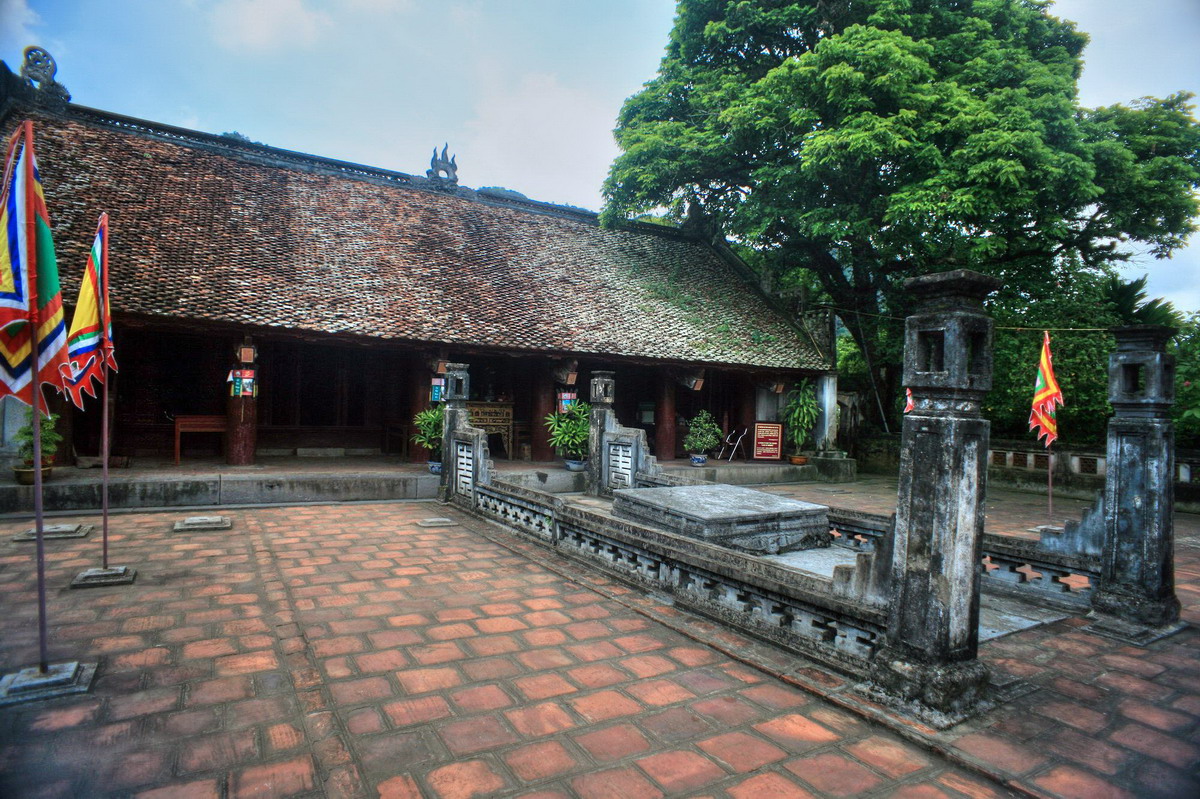
Temple of Princess Phat Kim
Located next to King Le Dai Hanh temple and Nhat Tru Pagoda is the temple worshiping Princess Phat Kim, daughter of King Dinh Tien Hoang. The temple is a place that people built to honor a gentle woman who endured many storms in the 10th century.
Other monuments
In addition to the two main temples, Hoa Lu also has many other relics such as Nhat Tru Pagoda, Vuon Thien Palace, Kim Ngan Pagoda, Cau Den Stele, Co Am Pagoda, Cho Palace, Bim Cave, Duyen Ninh Pagoda, Sao Khe river and walls. citadel,... Each relic has its own story, contributing to enriching the historical picture of the ancient capital.
Culture And Art In Hoa Lu
Architectural art
The architecture at Hoa Lu reflects the culture and thoughts of ancient Vietnamese people. The buildings are built with stone, wood, and natural materials, demonstrating the harmony between nature and humans. The patterns and motifs in the works also carry profound religious and spiritual meanings.
Festival culture
Taking place annually from the 8th to the 10th of the third lunar month, the Truong Yen Festival (Co Lau Festival) is one of the oldest traditional festivals held in the ancient capital of Hoa Lu. This is a wading ceremony to honor Dinh Bo Linh - the hero who built the capital Hoa Lu and founded the Dai Co Viet state. The festival carries with it the spirit of respect and commemoration of the founder and important contributor to the unification of the Vietnamese people through the Dinh, Le, and Ly dynasties. Today, the festival still preserves its unique cultural and folk art elements and is aiming to become a National Holiday.
Besides the Truong Yen festival, there are still many folk festivals taking place in the ancient capital of Hoa Lu such as Kim Ngan Pagoda Festival, Nhat Tru Pagoda Festival, Bai Dinh Pagoda Festival, Tran Temple Festival, Thien Cave Festival Ton,...
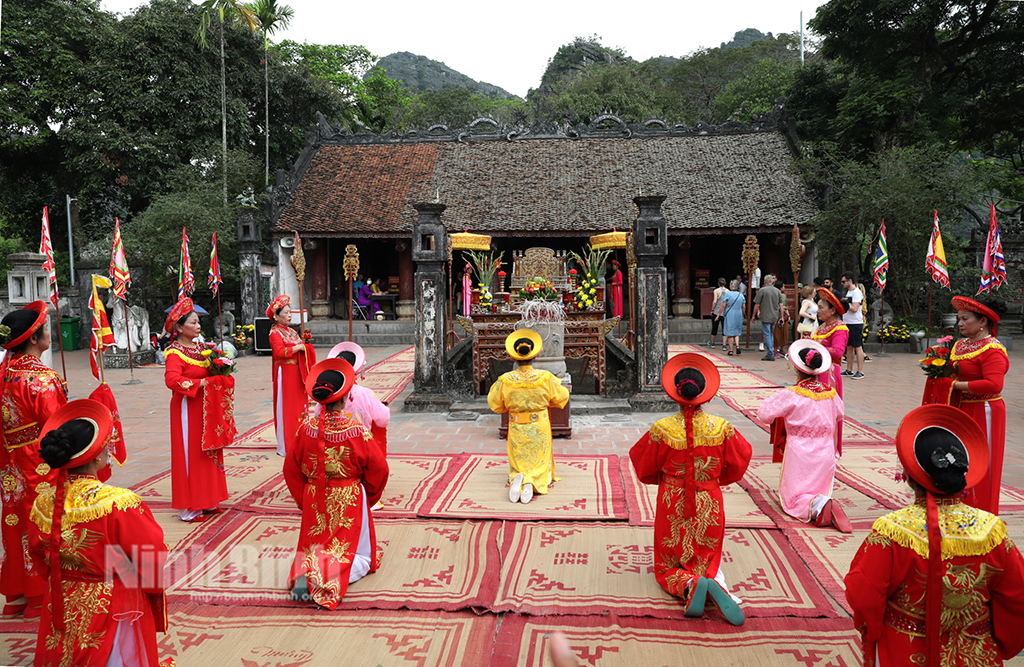
Hoa Lu Ancient Capital Travel
Attractive destination
Hoa Lu ancient capital today has become one of the attractive destinations for domestic and foreign tourists. With beautiful natural landscapes, along with historical relics, Hoa Lu offers interesting experiences for everyone.
Experiential activities
Visitors can participate in many activities such as visiting monuments, learning about history and culture, or participating in traditional festivals. In addition, enjoying local cuisine is also an experience not to be missed.
Travel services
Tourism services in Hoa Lu are increasingly developing, from accommodation to dining, helping visitors have comfortable and convenient experiences. Many tours are organized, combining visiting Hoa Lu with other famous destinations.
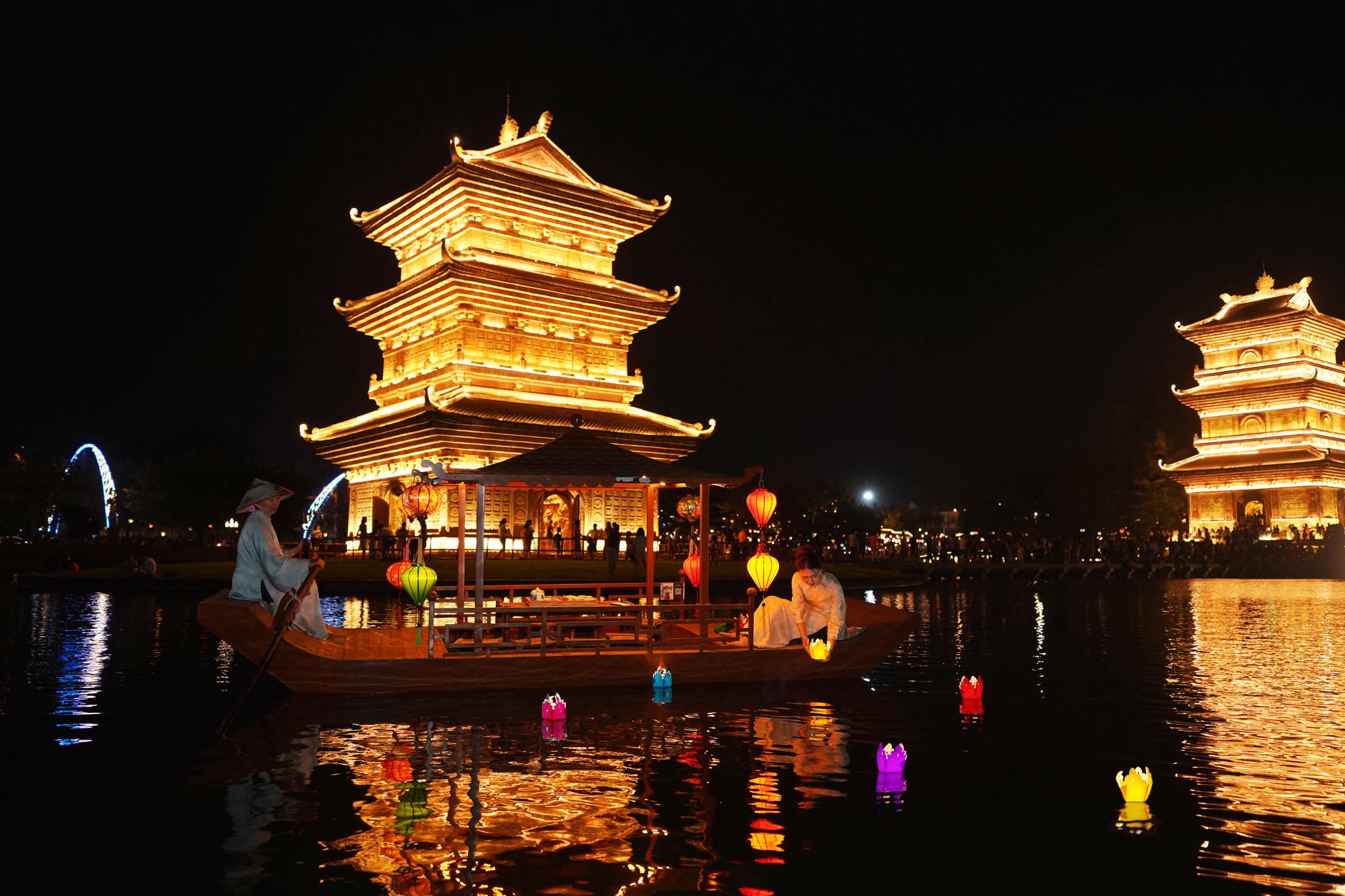
When to Travel to Hoa Lu Ancient Capital?
The appropriate time to travel to Hoa Lu is from March to May. During this time, the weather is usually stable, mildly sunny, and not too hot, creating favorable conditions for you to explore historical relics. and enjoy the natural landscape.
Ticket Price to Visit Hoa Lu Ancient Capital
Ticket prices to visit Hoa Lu 2023 are as follows:
Adults: 20,000 VND/ticket
Children over 1m2: 20,000 VND/ticket
Children under 1m2: free.
Some important notes when you visit Hoa Lu ancient capital:
You need to make sure to wear smart clothes and comfortable shoes when visiting historical sites.
Prepare enough drinking water and snacks to maintain health and energy throughout the tour.
Pay attention to complying with the regulations of the Monument Management Board.
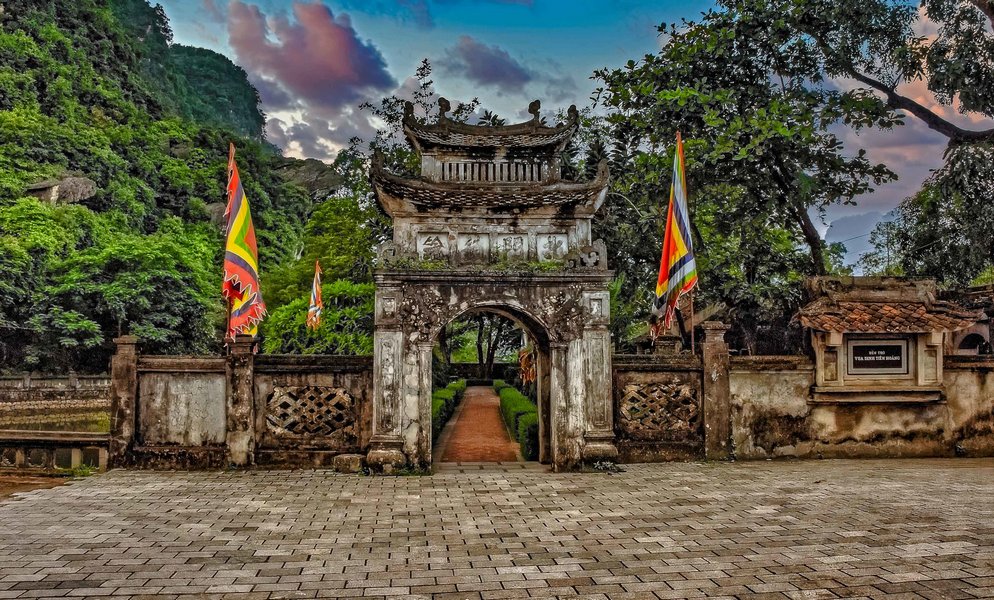
Conclude
The ancient capital of Hoa Lu is not only a historical landmark but also a symbol of the strength and resilience of the Vietnamese people. With rich cultural and historical values, Hoa Lu deserves to be an attractive destination for those who love to explore and learn about their homeland. Hopefully, this article has provided you with an overview of the ancient capital of Hoa Lu, the first capital of the centralized feudal state of Vietnam.
other information
- THE LONGEST-REIGNING KING OF VIETNAM
- NGUYEN DYNASTY, THE LAST FEUDAL DYNASTY IN VIETNAM
- THE IMAGE OF BUFFALO IN VIETNAMESE TRADITIONAL CULTURE
- TAM DAO, AN IDEAL DESTINATION FOR WEEKEND
- FANSIPAN - THE PARADISE OF NORTH-WEST VIETNAM
- THE COCONUT, AN INDISPENSABLE FRIEND IN VIETNAM FOLK CULTURE
- LOTUS FLOWER, A SYMBOL OF TRADITIONAL VIETNAMESE FOLK CULTURE
- BA NA HILLS, A MAN-MADE MASTERPIECE THAT HARMONIZES WITH NATURE
- NHA TRANG, INTERNATIONAL VIETNAM COASTAL TOURIST CITY
- MANG DEN, PEACEFUL PLACE IN MIDDLE OF THE MOUNTAINS
